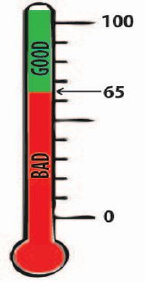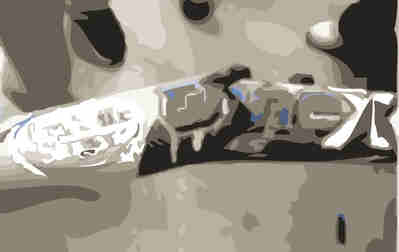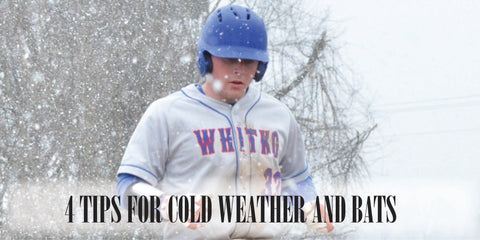Introduction: Understanding the impact of cold weather on baseball equipment, particularly bats, is crucial for players looking to optimize their performance while avoiding potential pitfalls. In this article, we'll explore the intriguing relationship between cold weather and bats, discussing both the advantages and risks involved.
1. The Double-Edged Sword of Cold Weather: Cold weather, defined as temperatures below 65 degrees, can significantly affect the performance of a baseball bat. The denser nature of a baseball in colder temperatures leads to a faster ball exit speed, providing players with a unique advantage. However, this increased hardness also causes bats to flex more, resulting in a heightened trampoline effect and, in extreme cases, premature bat cracking.
2. Cold Balls Hit Farther: Scientific studies conducted by Worth Sports reveal fascinating data about how temperature impacts ball compression. With a 5-pound change in compression for every 1-degree shift in temperature from 72 degrees, the performance of a baseball can vary significantly. This explains why, in cooler spring and fall temperatures, the ball seems to jump off the bat more compared to the hot summer months, where bat pop may feel diminished.
3. The Vulnerability of Bats in Cold Weather: Composite bats are particularly susceptible to breaking in cold weather, a concern shared by bat manufacturers. While bat warmers can offer some protection, the real culprit lies in the temperature of the balls. Storing balls in cold places like trunks, basements, or garages increases the risk of bat breakage during play. Even with warnings from manufacturers, players sometimes overlook the importance of ball temperature, leading to preventable bat damage.
4. 4 Tips for Cold Weather and Bats:
- Avoid Bats in Cold Weather: Refrain from using bats in temperatures below 65 degrees to minimize the risk of bat breakage.
- Store Balls in Warm Places: Keep your baseballs in a warm environment, steering clear of trunks, basements, or garages to maintain their temperature.
- Consider Bat Warmers: While helpful, bat warmers can't entirely eliminate the risk of bat breakage caused by cold balls.
- Protect Your Best Bat: Reserve your top-performing bat for warmer conditions, reducing the likelihood of breakage during cold weather play.
Conclusion: Navigating the relationship between cold weather and bats requires a strategic approach. By understanding the advantages and risks associated with temperature changes, players can make informed decisions to enhance their performance while preserving the longevity of their baseball equipment. Remember, maintaining the right conditions for both bats and balls is key to a successful and enjoyable game, even in less-than-ideal weather.